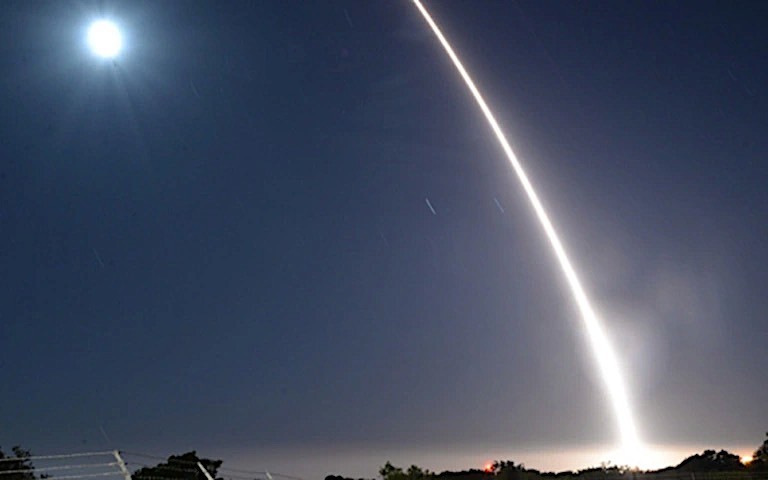A relic of the Cold War, the Minuteman III ICBM, designed by Boeing in the 1960s, remains a critical part of the U.S. land-based nuclear deterrent.
These hypersonic missiles (reaching speeds of 15,000 mph) have never seen combat, but 400 remain active in U.S. arsenals. To maintain readiness, the U.S. military conducts frequent exercises, with over 300 test launches throughout history.
The most recent test, on June 4th, saw a Minuteman III launched from California’s Vandenberg Space Force Base travel over 4,200 miles to a designated target site in the Marshall Islands.

Maintaining a credible nuclear deterrent requires regular testing of intercontinental ballistic missiles (ICBMs). These tests go beyond evaluating the missile itself, encompassing the entire launch infrastructure including guidance systems and tracking radars.
While the Minuteman III has served admirably for decades, its replacement is on the horizon. The LGM-35A Sentinel, being developed by Northrop Grumman, is slated to take over by the 2030s.
This next-generation ICBM promises to be more adaptable, incorporating cutting-edge technology for extended effectiveness, while also reducing operational costs.

